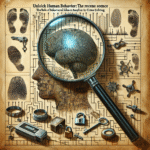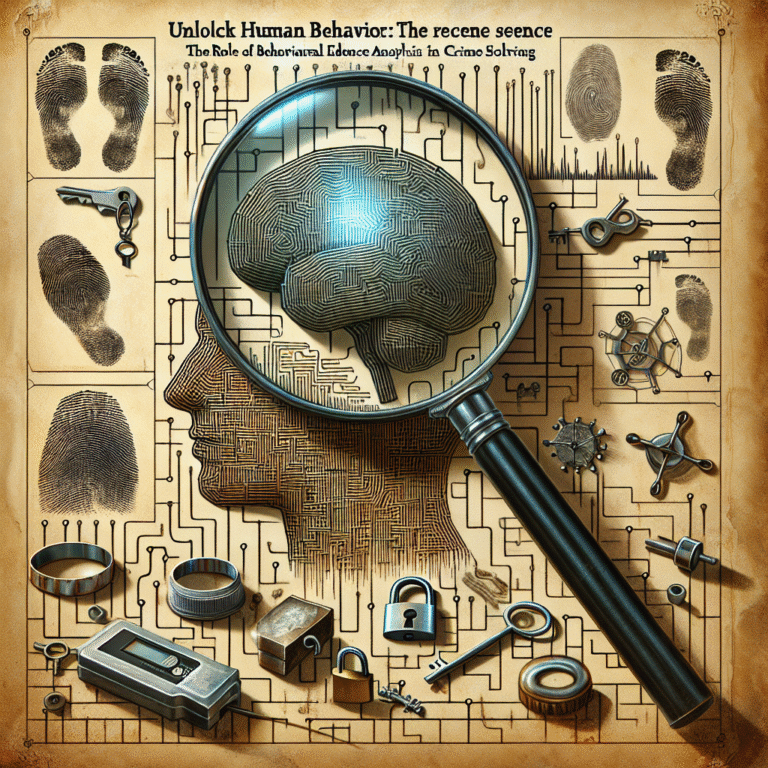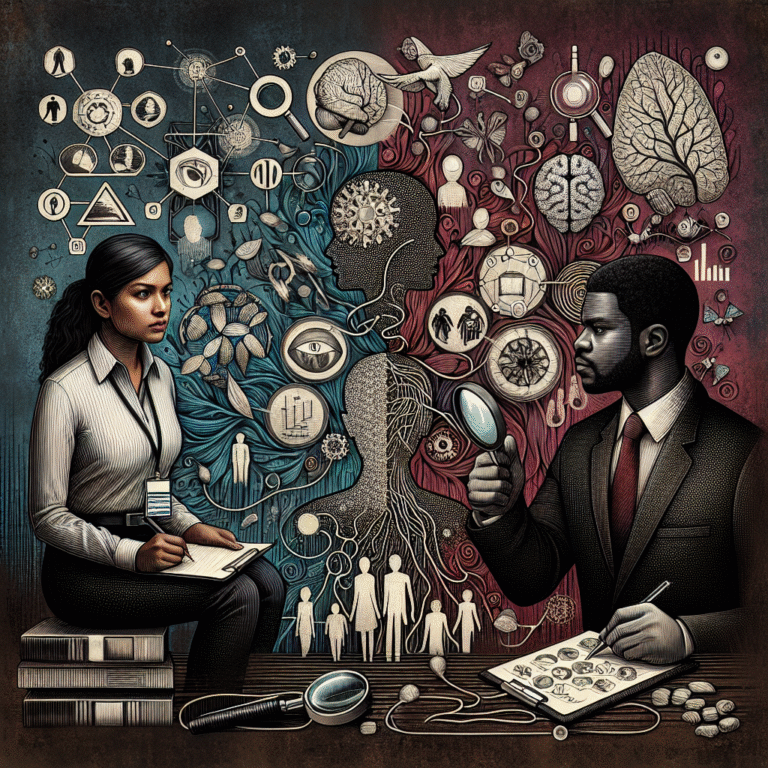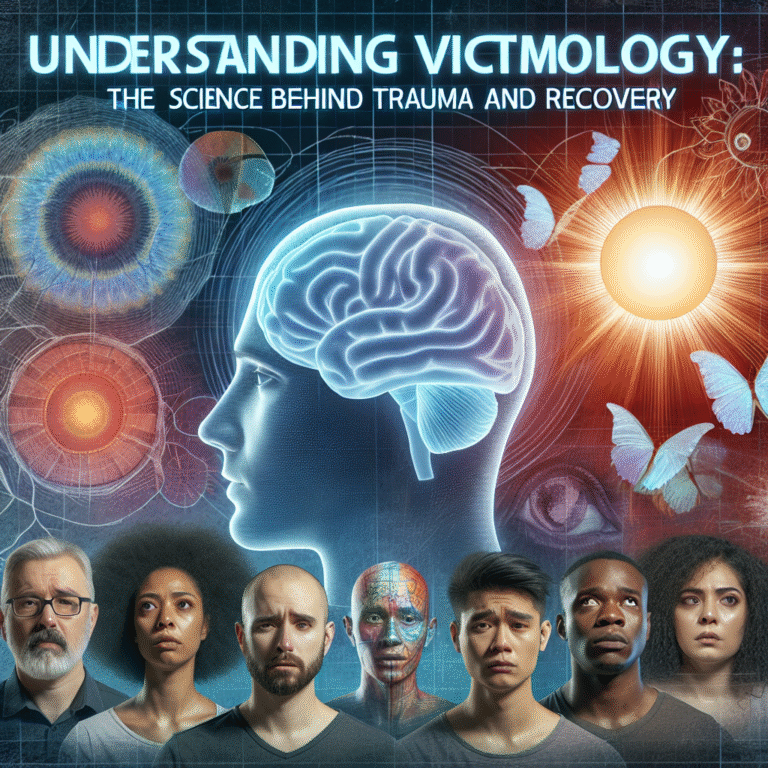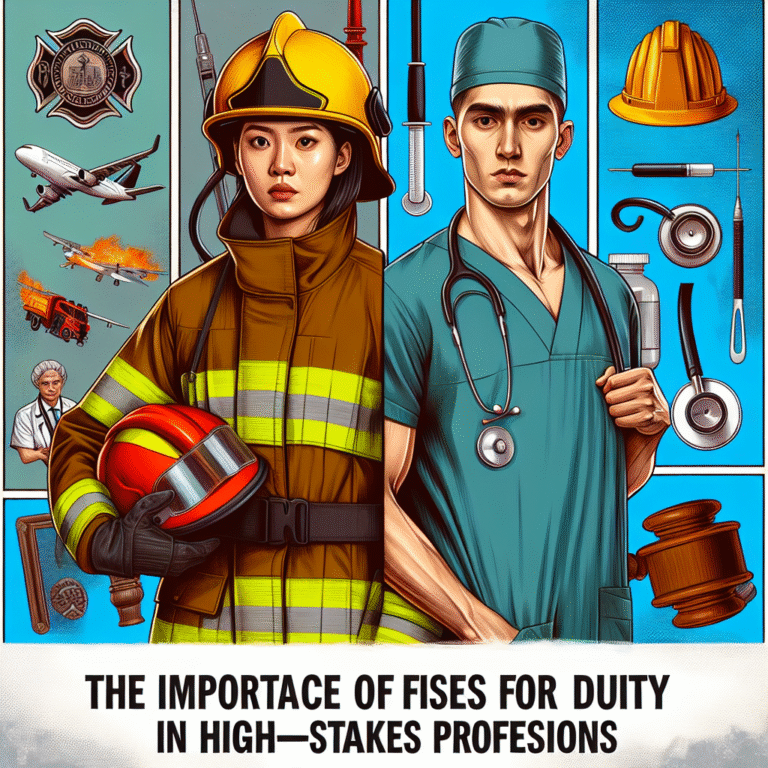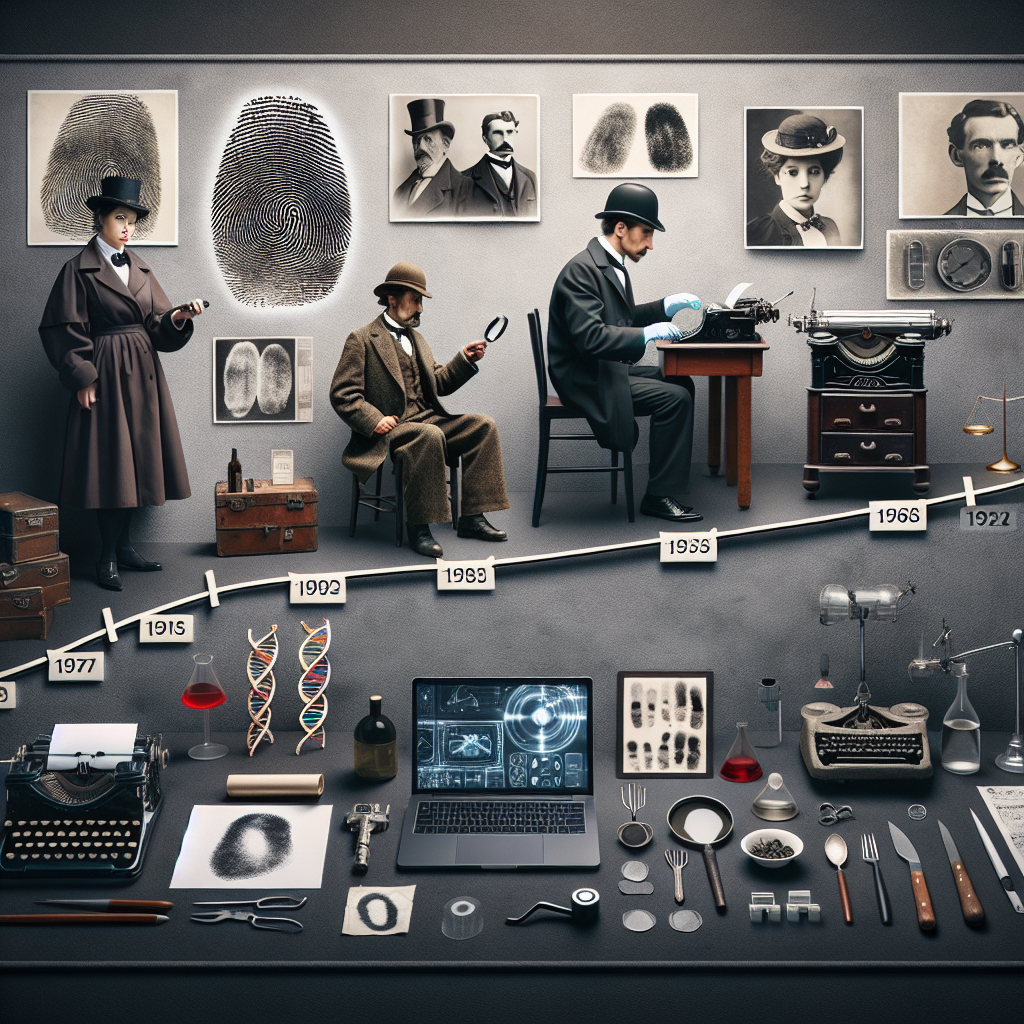
Introduction
In a world where crime is often sensationalized and fingered through the lens of popular media, the art and science of criminal profiling stand out as a beacon of rationality. The Evolution of Criminal Profiling: From Sherlock Holmes to Modern Forensics illuminates a journey marked by ingenuity, scientific advancement, and a relentless pursuit of justice. Imagine navigating a complex web of human behavior and motivations, all to understand the mind of a criminal. This guide aims to delve into the fascinating history, methodology, and future of criminal profiling, showcasing its vital role in modern forensic science.
The Genesis of Criminal Profiling: Sherlock Holmes and Beyond
The Roots of Logical Deduction
Sherlock Holmes, created by Sir Arthur Conan Doyle in the late 19th century, introduced readers to the notion of scientific detective work. Holmes’ meticulous observations and deductive reasoning laid the groundwork for understanding criminal behavior. His methods involved analyzing minute details—an art centuries before forensic science became established.
- Key Techniques:
- Observational skills
- Logical reasoning
- Psychological insight
Holmes’ impact on real-world crime-solving became widely palpable, inspiring figures like criminologist Hans Gross to advocate for a systematic approach to criminal profiling.
Transitioning Theories into Practice
Doyle’s fictional detective brought attention to the analytical methods that would soon find their footing in real-life criminal investigations. Before long, police departments around the world began adopting similar techniques to solve crimes.
| Year | Milestone in Profiling |
|---|---|
| 1893 | Hans Gross publishes "Handbuch für Untersuchungsrichter" (Handbook for Investigating Judges) |
| 1950s | The FBI establishes the Behavioral Science Unit (BSU) |
| 1970s | The term "criminal profiling" gains traction in popular discourse |
The Behavioral Science Era: The Rise of Profiling
The FBI’s Breakthrough
The 1970s marked a pivotal evolution in criminal profiling. The creation of the FBI’s Behavioral Science Unit (BSU) emphasized the need for a structured framework in understanding criminal behavior. This was not merely an academic endeavor, but a practical integration of psychology and sociology into police work.
Case Study: The Green River Killer
The investigation into Gary Ridgway, dubbed the Green River Killer, showcases the critical role of criminal profiling. In the early 1980s, over 49 women were murdered, but the psychological profile developed by the BSU helped later apprehend the killer.
- Analysis:
- Profilers identified Ridgway’s pattern of selecting vulnerable women.
- The profiling techniques employed by the BSU were instrumental in narrowing down suspects and eventually leading to Ridgway’s confession.
Advancements in Profiling Techniques
As criminal profiling evolved, so too did the methods used.
- Geographic Profiling: Understanding criminal patterns by analyzing the locations of a suspect’s known crimes.
- Psychological Profiling: Delving into the behavioral patterns to predict future actions.
- Victimology: Studying the victim to understand the motives and patterns of the offender.
These advancements pushed the boundaries of traditional crime-solving methods.
The Intersection of Science and Profiling
Forensics and Profiling: A Modern Fusion
The realm of criminal profiling has now intertwined with forensic science, creating an essential toolkit for law enforcement. DNA analysis, toxicology, and digital forensics have revolutionized investigations.
- The Role of Digital Forensics: With the rise of the internet and technological advancements, profiling often now considers online behavior.
Case Study: The BTK Killer
Dennis Rader, the BTK Killer, eluded capture for decades. It was ultimately a combination of traditional profiling and digital forensics that led to his arrest in 2005.
- Analysis:
- Rader’s correspondence with the police allowed profilers to build a psychological profile, predicting his behavior patterns.
- Advances in digital forensics played a crucial role in connecting him to the murders.
Expanding the Scope: The Rise of Cyber Profiling
As society grows increasingly digital, new frontiers in criminal profiling arise. Cyber profiling addresses the unique challenges posed by online crimes, requiring a blend of psychological insight and technical expertise.
- Exploring Anonymity: Understanding how an offender interacts within the online space provides invaluable insights into their identity and motives.
The Current Landscape: Integrating Data and Technology
Big Data in Criminal Profiling
The 21st century has introduced big data analytics into criminal investigations. Machine learning algorithms analyze vast amounts of data to identify patterns that human analysts might miss.
- Predictive Policing: Departments use data analytics to forecast criminal activity in various locations.
| Technology | Benefits |
|---|---|
| Predictive Analytics | Improves resource allocation for law enforcement |
| DNA Databases | Enhances accuracy in linking suspects to crimes |
| Geographic Information Systems (GIS) | Provides visual insights into crime patterns |
The Need for Ethical Considerations
As technology and data analytics evolve, ethical concerns surrounding profiling have also surfaced. Issues of privacy and racial bias are critical discussions within the field.
- Addressing Bias: Profilers must continually evaluate their methods to ensure fairness and accuracy.
The Future of Criminal Profiling: Trends and Innovations
Embracing Artificial Intelligence
The future of criminal profiling may heavily rely on artificial intelligence. Machine learning can assist in identifying subtle connections between suspects and criminal behavior.
- AI-Powered Profiling Tools: Tools are being developed to analyze behavioral data more efficiently.
Interdisciplinary Collaborations
The future of criminal profiling will likely involve more interdisciplinary collaborations, combining insights from criminology, psychology, sociology, and technological fields.
- Holistic Approaches: Combining data-driven insights with human intuition results in more accurate profiling.
Conclusion
The Evolution of Criminal Profiling: From Sherlock Holmes to Modern Forensics reveals a fascinating trajectory that blurs the line between artistry and science. From the observational brilliance of fictional detectives to the analytical power of modern technology, criminal profiling continues to evolve.
As society grapples with new types of crime and the implications of technology, the field of criminal profiling will undoubtedly adapt, ensuring justice prevails. Embrace the journey of criminal profiling—not just as a tool for solving crimes, but as a profound understanding of human behavior itself.
FAQs
1. What is criminal profiling?
Criminal profiling is a process used to identify the characteristics and behavioral patterns of criminals based on the analysis of crime scenes, victimology, and psychological understanding.
2. How has technology impacted criminal profiling?
Technology has revolutionized criminal profiling through advancements in data analysis, forensic science, and predictive policing, enabling law enforcement to identify patterns that were previously undetectable.
3. Is criminal profiling always accurate?
While criminal profiling can provide valuable insights, it’s not infallible. Profilers must continually evaluate biases and apply critical thinking to develop more accurate predictions.
4. What role does psychology play in criminal profiling?
Psychology is fundamental to criminal profiling as it helps in understanding the motivations, behaviors, and characteristics of offenders, allowing for more effective predictions and interventions.
5. How is ethical concern managed in criminal profiling?
Ethical considerations in criminal profiling are managed through ongoing evaluations of methodologies, incorporating diverse perspectives, and ensuring that profiling does not perpetuate biases or unjust practices.
With ongoing research and innovation, criminal profiling promises to remain a critical aspect of modern forensics, reflecting our ever-evolving understanding of crime and human behavior.


